Post Syndicated from Raj Ramasubbu original https://aws.amazon.com/blogs/big-data/create-an-apache-hudi-based-near-real-time-transactional-data-lake-using-aws-dms-amazon-kinesis-aws-glue-streaming-etl-and-data-visualization-using-amazon-quicksight/
With the rapid growth of technology, more and more data volume is coming in many different formats—structured, semi-structured, and unstructured. Data analytics on operational data at near-real time is becoming a common need. Due to the exponential growth of data volume, it has become common practice to replace read replicas with data lakes to have better scalability and performance. In most real-world use cases, it’s important to replicate the data from the relational database source to the target in real time. Change data capture (CDC) is one of the most common design patterns to capture the changes made in the source database and reflect them to other data stores.
We recently announced support for streaming extract, transform, and load (ETL) jobs in AWS Glue version 4.0, a new version of AWS Glue that accelerates data integration workloads in AWS. AWS Glue streaming ETL jobs continuously consume data from streaming sources, clean and transform the data in-flight, and make it available for analysis in seconds. AWS also offers a broad selection of services to support your needs. A database replication service such as AWS Database Migration Service (AWS DMS) can replicate the data from your source systems to Amazon Simple Storage Service (Amazon S3), which commonly hosts the storage layer of the data lake. Although it’s straightforward to apply updates on a relational database management system (RDBMS) that backs an online source application, it’s difficult to apply this CDC process on your data lakes. Apache Hudi, an open-source data management framework used to simplify incremental data processing and data pipeline development, is a good option to solve this problem.
This post demonstrates how to apply CDC changes from Amazon Relational Database Service (Amazon RDS) or other relational databases to an S3 data lake, with flexibility to denormalize, transform, and enrich the data in near-real time.
Solution overview
We use an AWS DMS task to capture near-real-time changes in the source RDS instance, and use Amazon Kinesis Data Streams as a destination of the AWS DMS task CDC replication. An AWS Glue streaming job reads and enriches changed records from Kinesis Data Streams and performs an upsert into the S3 data lake in Apache Hudi format. Then we can query the data with Amazon Athena visualize it in Amazon QuickSight. AWS Glue natively supports continuous write operations for streaming data to Apache Hudi-based tables.
The following diagram illustrates the architecture used for this post, which is deployed through an AWS CloudFormation template.

Prerequisites
Before you get started, make sure you have the following prerequisites:
- An AWS account
- A basic understanding of Amazon S3
- A basic understanding of QuickSight to create dashboards
- An AWS Identity and Access Management (IAM) role with permissions to create the Amazon RDS database, AWS DMS instance and tasks, Kinesis data stream, S3 buckets, AWS Glue job, AWS Glue Data Catalog, and QuickSight dashboards, and run SQL queries using Athena (see Adding and removing IAM identity permissions for reference)
Source data overview
To illustrate our use case, we assume a data analyst persona who is interested in analyzing near-real-time data for sport events using the table ticket_activity. An example of this table is shown in the following screenshot.

Apache Hudi connector for AWS Glue
For this post, we use AWS Glue 4.0, which already has native support for the Hudi framework. Hudi, an open-source data lake framework, simplifies incremental data processing in data lakes built on Amazon S3. It enables capabilities including time travel queries, ACID (Atomicity, Consistency, Isolation, Durability) transactions, streaming ingestion, CDC, upserts, and deletes.
Set up resources with AWS CloudFormation
This post includes a CloudFormation template for a quick setup. You can review and customize it to suit your needs.
The CloudFormation template generates the following resources:
- An RDS database instance (source).
- An AWS DMS replication instance, used to replicate the data from the source table to Kinesis Data Streams.
- A Kinesis data stream.
- Four AWS Glue Python shell jobs:
- rds-ingest-rds-setup-<CloudFormation Stack name> – creates one source table called
ticket_activityon Amazon RDS. - rds-ingest-data-initial-<CloudFormation Stack name> – Sample data is automatically generated at random by the Faker library and loaded to the
ticket_activitytable. - rds-ingest-data-incremental-<CloudFormation Stack name> – Ingests new ticket activity data into the source table
ticket_activitycontinuously. This job simulates customer activity. - rds-upsert-data-<CloudFormation Stack name> – Upserts specific records in the source table
ticket_activity. This job simulates administrator activity.
- rds-ingest-rds-setup-<CloudFormation Stack name> – creates one source table called
- AWS Identity and Access Management (IAM) users and policies.
- An Amazon VPC, a public subnet, two private subnets, internet gateway, NAT gateway, and route tables.
- We use private subnets for the RDS database instance and AWS DMS replication instance.
- We use the NAT gateway to have reachability to pypi.org to use the MySQL connector for Python from the AWS Glue Python shell jobs. It also provides reachability to Kinesis Data Streams and an Amazon S3 API endpoint
To set up these resources, you must have the following prerequisites:
- IAM roles
dms-vpc-role,dms-cloudwatch-logs-role, anddms-access-for-endpoint. If you haven’t used AWS DMS before, you need to create these special IAM roles via the IAM console or the AWS Command Line Interface (AWS CLI). For instructions, see Creating the IAM roles to use with the AWS CLI and AWS DMS API. - If you already deselected Use only IAM access control for new databases and Use only IAM access control for new table in new databases on the AWS Lake Formation console Settings page, you need to select these two check boxes again and save your settings. For more information, see Changing the default settings for your data lake.
The following diagram illustrates the architecture of our provisioned resources.

To launch the CloudFormation stack, complete the following steps:
- Sign in to the AWS CloudFormation console.
- Choose Launch Stack

- Choose Next.
- For S3BucketName, enter the name of your new S3 bucket.
- For VPCCIDR, enter a CIDR IP address range that doesn’t conflict with your existing networks.
- For PublicSubnetCIDR, enter the CIDR IP address range within the CIDR you gave for VPCCIDR.
- For PrivateSubnetACIDR and PrivateSubnetBCIDR, enter the CIDR IP address range within the CIDR you gave for VPCCIDR.

- For SubnetAzA and SubnetAzB, choose the subnets you want to use.
- For DatabaseUserName, enter your database user name.
- For DatabaseUserPassword, enter your database user password.
- Choose Next.

- On the next page, choose Next.
- Review the details on the final page and select I acknowledge that AWS CloudFormation might create IAM resources with custom names.
- Choose Create stack.
Stack creation can take about 20 minutes.
Set up an initial source table
The AWS Glue job rds-ingest-rds-setup-<CloudFormation stack name> creates a source table called event on the RDS database instance. To set up the initial source table in Amazon RDS, complete the following steps:
- On the AWS Glue console, choose Jobs in the navigation pane.
- Choose
rds-ingest-rds-setup-<CloudFormation stack name>to open the job. - Choose Run.

- Navigate to the Runs tab and wait for Run status to show as SUCCEEDED.

This job will only create the one table, ticket_activity, in the MySQL instance (DDL). See the following code:
Ingest new records
In this section, we detail the steps to ingest new records. Implement following steps to star the execution of the jobs.
Start data ingestion to Kinesis Data Streams using AWS DMS
To start data ingestion from Amazon RDS to Kinesis Data Streams, complete the following steps:
- On the AWS DMS console, choose Database migration tasks in the navigation pane.
- Select the task
rds-to-kinesis-<CloudFormation stack name>. - On the Actions menu, choose Restart/Resume.
- Wait for the status to show as Load complete and Replication ongoing.
The AWS DMS replication task ingests data from Amazon RDS to Kinesis Data Streams continuously.
Start data ingestion to Amazon S3
Next, to start data ingestion from Kinesis Data Streams to Amazon S3, complete the following steps:
- On the AWS Glue console, choose Jobs in the navigation pane.
- Choose
streaming-cdc-kinesis2hudi-<CloudFormation stack name>to open the job. - Choose Run.
Do not stop this job; you can check the run status on the Runs tab and wait for it to show as Running.
Start the data load to the source table on Amazon RDS
To start data ingestion to the source table on Amazon RDS, complete the following steps:
- On the AWS Glue console, choose Jobs in the navigation pane.
- Choose
rds-ingest-data-initial-<CloudFormation stack name>to open the job. - Choose Run.
- Navigate to the Runs tab and wait for Run status to show as SUCCEEDED.
Validate the ingested data
After about 2 minutes from starting the job, the data should be ingested into the Amazon S3. To validate the ingested data in the Athena, complete the following steps:
- On the Athena console, complete the following steps if you’re running an Athena query for the first time:
- On the Settings tab, choose Manage.
- Specify the stage directory and the S3 path where Athena saves the query results.
- Choose Save.

- On the Editor tab, run the following query against the table to check the data:
Note that AWS Cloud Formation will create the database with the account number as database_<your-account-number>_hudi_cdc_demo.

Update existing records
Before you update the existing records, note down the ticketactivity_id value of a record from the ticket_activity table. Run the following SQL using Athena. For this post, we use ticketactivity_id = 46 as an example:

To simulate a real-time use case, update the data in the source table ticket_activity on the RDS database instance to see that the updated records are replicated to Amazon S3. Complete the following steps:
- On the AWS Glue console, choose Jobs in the navigation pane.
- Choose
rds-ingest-data-incremental-<CloudFormation stack name>to open the job. - Choose Run.
- Choose the Runs tab and wait for Run status to show as SUCCEEDED.
To upsert the records in the source table, complete the following steps:
- On the AWS Glue console, choose Jobs in the navigation pane.
- Choose the job
rds-upsert-data-<CloudFormation stack name>. - On the Job details tab, under Advanced properties, for Job parameters, update the following parameters:
- For Key, enter
--ticketactivity_id. - For Value, replace 1 with one of the ticket IDs you noted above (for this post, 46).
- For Key, enter

- Choose Save.
- Choose Run and wait for the Run status to show as SUCCEEDED.
This AWS Glue Python shell job simulates a customer activity to buy a ticket. It updates a record in the source table ticket_activity on the RDS database instance using the ticket ID passed in the job argument --ticketactivity_id. It will update ticket_price=500 and updated_at with the current timestamp.
To validate the ingested data in Amazon s3, run the same query from Athena and check the ticket_activity value you noted earlier to observe the ticket_price and updated_at fields:

Visualize the data in QuickSight
After you have the output file generated by the AWS Glue streaming job in the S3 bucket, you can use QuickSight to visualize the Hudi data files. QuickSight is a scalable, serverless, embeddable, ML-powered business intelligence (BI) service built for the cloud. QuickSight lets you easily create and publish interactive BI dashboards that include ML-powered insights. QuickSight dashboards can be accessed from any device and seamlessly embedded into your applications, portals, and websites.
Build a QuickSight dashboard
To build a QuickSight dashboard, complete the following steps:
- Open the QuickSight console.
You’re presented with the QuickSight welcome page. If you haven’t signed up for QuickSight, you may have to complete the signup wizard. For more information, refer to Signing up for an Amazon QuickSight subscription.

After you have signed up, QuickSight presents a “Welcome wizard.” You can view the short tutorial, or you can close it.
- On the QuickSight console, choose your user name and choose Manage QuickSight.

- Choose Security & permissions, then choose Manage.

- Select Amazon S3 and select the buckets that you created earlier with AWS CloudFormation.
- Select Amazon Athena.
- Choose Save.

- If you changed your Region during the first step of this process, change it back to the Region that you used earlier during the AWS Glue jobs.
Create a dataset
Now that you have QuickSight up and running, you can create your dataset. Complete the following steps:
- On the QuickSight console, choose Datasets in the navigation pane.
- Choose New dataset.
- Choose Athena.

- For Data source name, enter a name (for example,
hudi-blog). - Choose Validate.
- After the validation is successful, choose Create data source.

- For Database, choose
database_<your-account-number>_hudi_cdc_demo. - For Tables, select
ticket_activity. - Choose Select.

- Choose Visualize.

- Choose hour and then
ticket_activity_idto get the count ofticket_activity_idby hour.

Clean up
To clean up your resources, complete the following steps:
- Stop the AWS DMS replication task
rds-to-kinesis-<CloudFormation stack name>. - Navigate to the RDS database and choose Modify.

- Deselect Enable deletion protection, then choose Continue.

- Stop the AWS Glue streaming job
streaming-cdc-kinesis2redshift-<CloudFormation stack name>. - Delete the CloudFormation stack.
- On the QuickSight dashboard, choose your user name, then choose Manage QuickSight.
- Choose Account settings, then choose Delete account.
- Choose Delete account to confirm.
- Enter confirm and choose Delete account.
Conclusion
In this post, we demonstrated how you can stream data—not only new records, but also updated records from relational databases—to Amazon S3 using an AWS Glue streaming job to create an Apache Hudi-based near-real-time transactional data lake. With this approach, you can easily achieve upsert use cases on Amazon S3. We also showcased how to visualize the Apache Hudi table using QuickSight and Athena. As a next step, refer to the Apache Hudi performance tuning guide for a high-volume dataset. To learn more about authoring dashboards in QuickSight, check out the QuickSight Author Workshop.
About the Authors
 Raj Ramasubbu is a Sr. Analytics Specialist Solutions Architect focused on big data and analytics and AI/ML with Amazon Web Services. He helps customers architect and build highly scalable, performant, and secure cloud-based solutions on AWS. Raj provided technical expertise and leadership in building data engineering, big data analytics, business intelligence, and data science solutions for over 18 years prior to joining AWS. He helped customers in various industry verticals like healthcare, medical devices, life science, retail, asset management, car insurance, residential REIT, agriculture, title insurance, supply chain, document management, and real estate.
Raj Ramasubbu is a Sr. Analytics Specialist Solutions Architect focused on big data and analytics and AI/ML with Amazon Web Services. He helps customers architect and build highly scalable, performant, and secure cloud-based solutions on AWS. Raj provided technical expertise and leadership in building data engineering, big data analytics, business intelligence, and data science solutions for over 18 years prior to joining AWS. He helped customers in various industry verticals like healthcare, medical devices, life science, retail, asset management, car insurance, residential REIT, agriculture, title insurance, supply chain, document management, and real estate.
 Rahul Sonawane is a Principal Analytics Solutions Architect at AWS with AI/ML and Analytics as his area of specialty.
Rahul Sonawane is a Principal Analytics Solutions Architect at AWS with AI/ML and Analytics as his area of specialty.
 Sundeep Kumar is a Sr. Data Architect, Data Lake at AWS, helping customers build data lake and analytics platform and solutions. When not building and designing data lakes, Sundeep enjoys listening music and playing guitar.
Sundeep Kumar is a Sr. Data Architect, Data Lake at AWS, helping customers build data lake and analytics platform and solutions. When not building and designing data lakes, Sundeep enjoys listening music and playing guitar.

















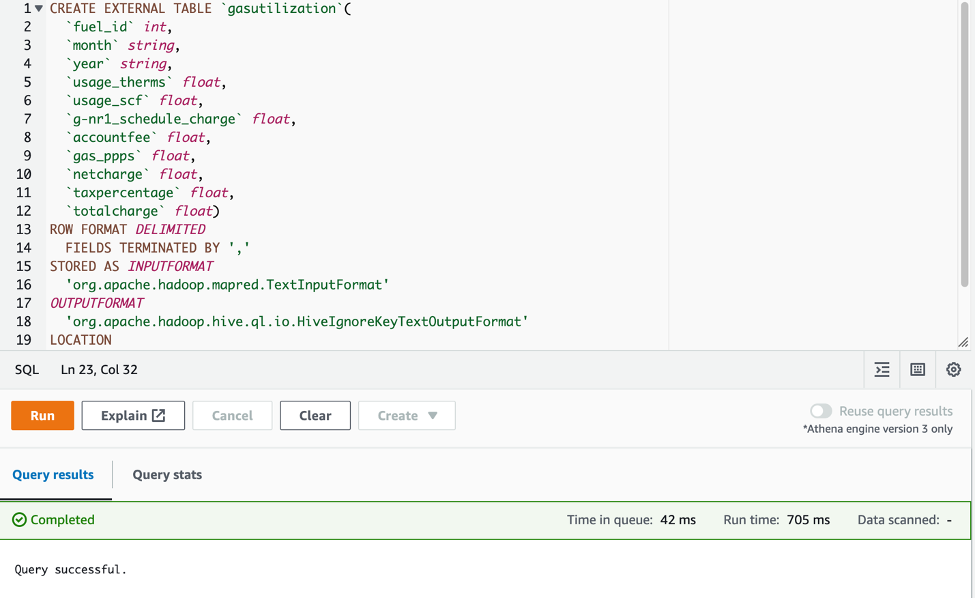
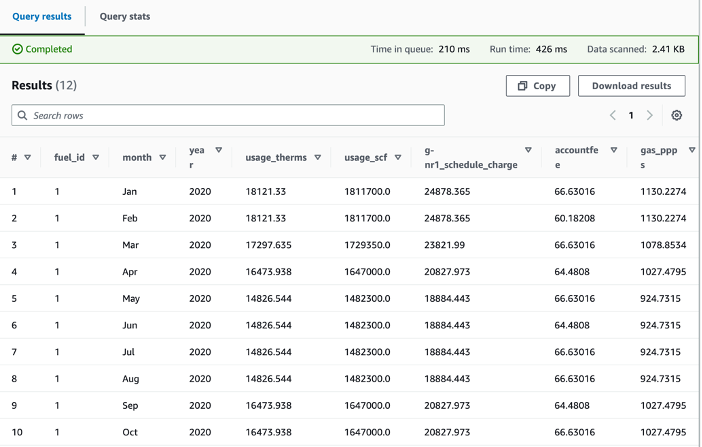
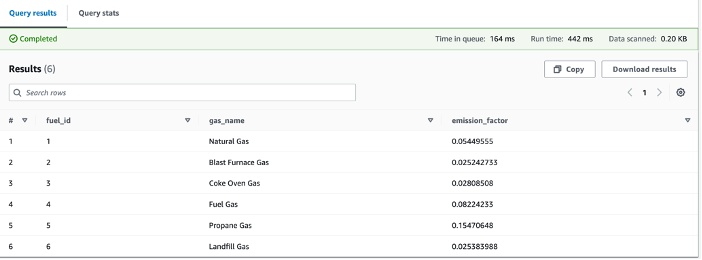
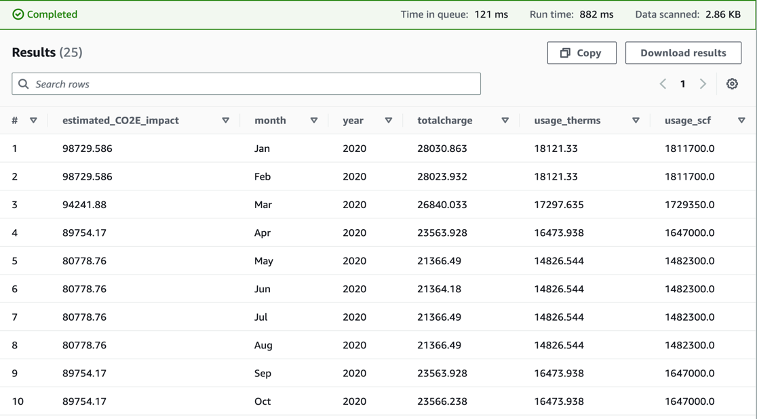

 Thomas Burns,
Thomas Burns,  Aileen Zheng is a Solutions Architect supporting US Federal Civilian Sciences customers at Amazon Web Services (AWS). She partners with customers to provide technical guidance on enterprise cloud adoption and strategy and helps with building well-architected solutions. She is also very passionate about data analytics and machine learning. In her free time, you’ll find Aileen doing pilates, taking her dog Mumu out for a hike, or hunting down another good spot for food! You’ll also see her contributing to projects to support diversity and women in technology.
Aileen Zheng is a Solutions Architect supporting US Federal Civilian Sciences customers at Amazon Web Services (AWS). She partners with customers to provide technical guidance on enterprise cloud adoption and strategy and helps with building well-architected solutions. She is also very passionate about data analytics and machine learning. In her free time, you’ll find Aileen doing pilates, taking her dog Mumu out for a hike, or hunting down another good spot for food! You’ll also see her contributing to projects to support diversity and women in technology.

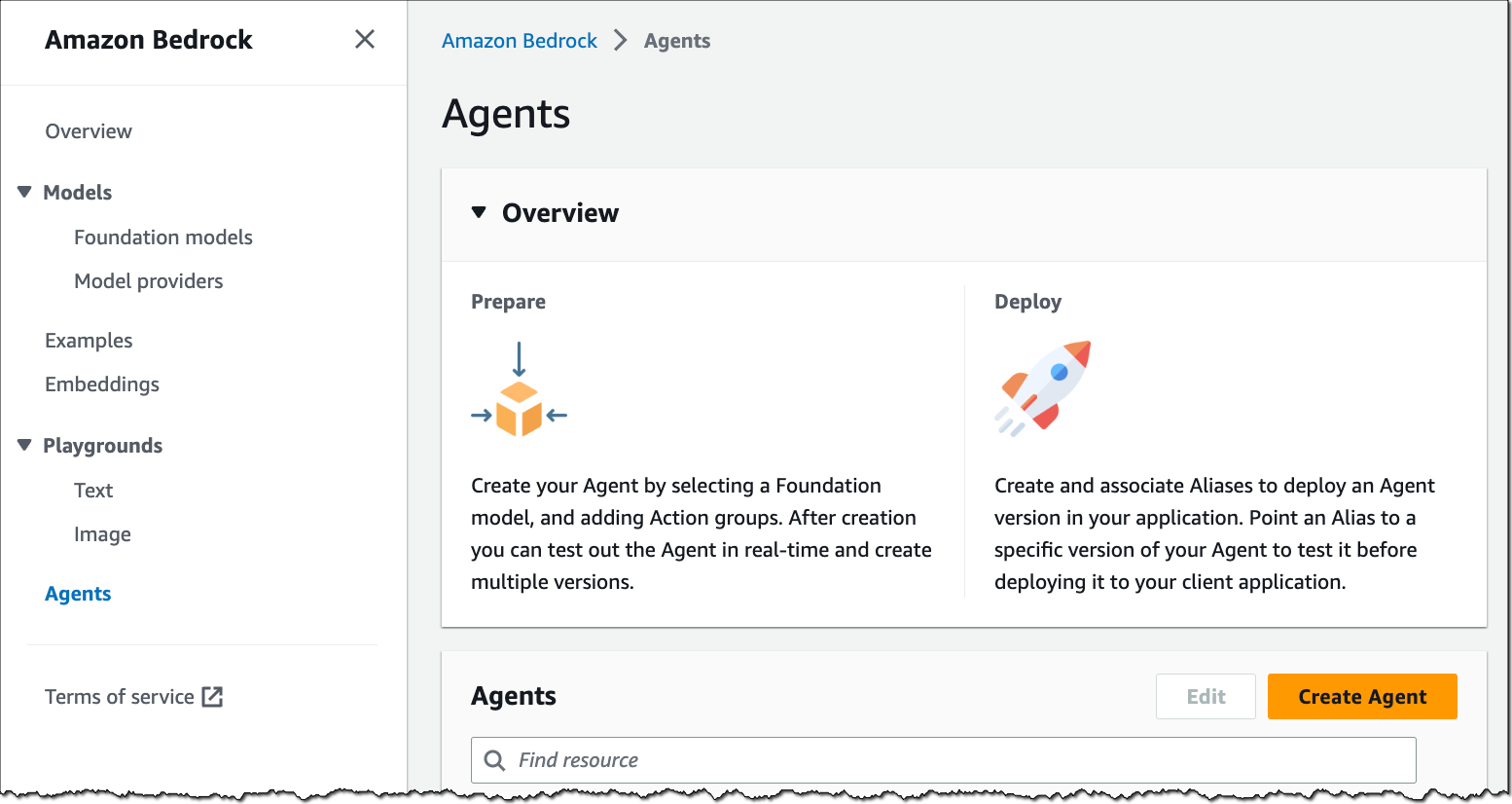
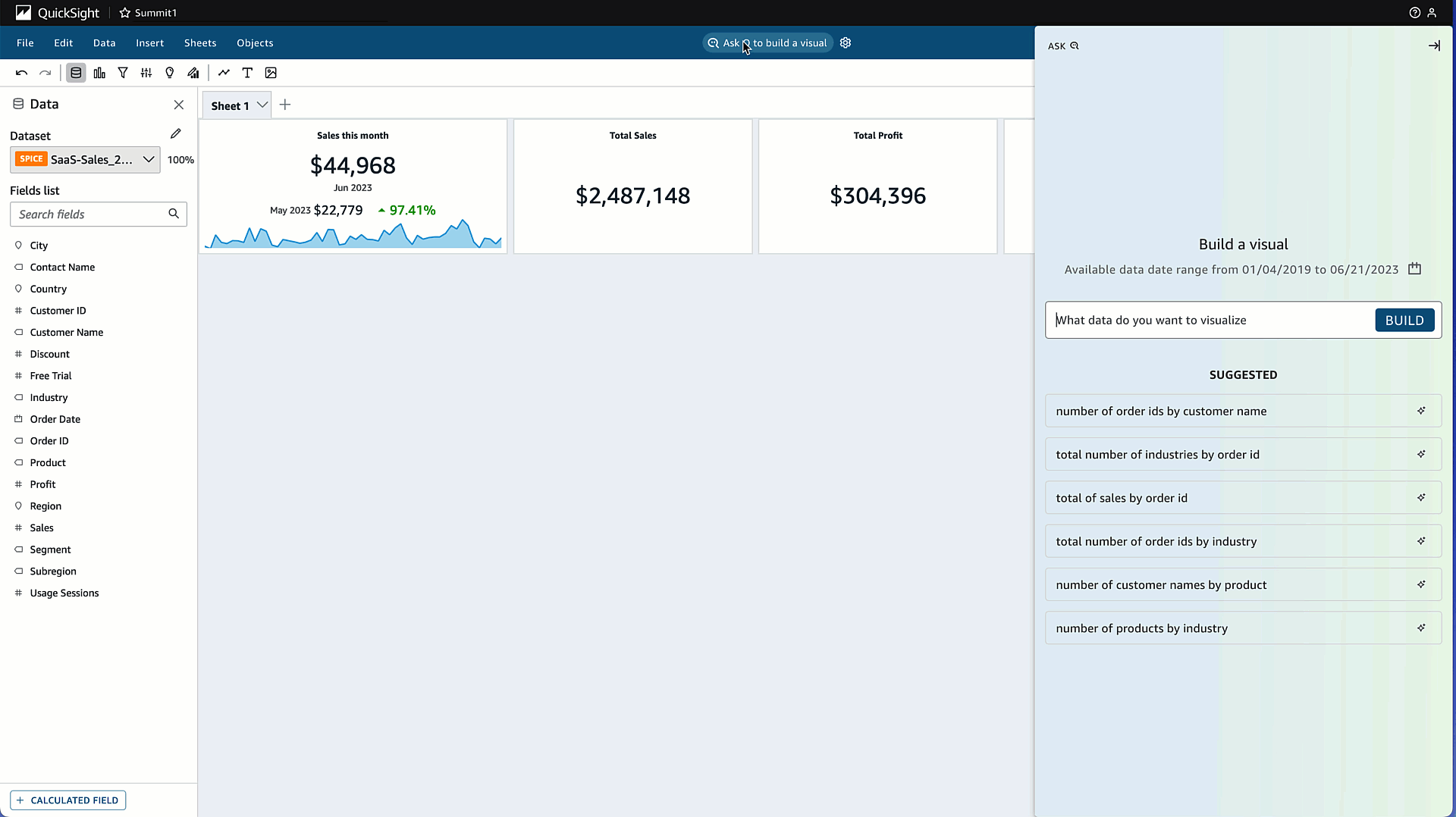












 Bernard Verster is an experienced cloud engineer with years of exposure in creating scalable and efficient data models, defining data integration strategies, and ensuring data governance and security. He is passionate about using data to drive insights, while aligning with business requirements and objectives.
Bernard Verster is an experienced cloud engineer with years of exposure in creating scalable and efficient data models, defining data integration strategies, and ensuring data governance and security. He is passionate about using data to drive insights, while aligning with business requirements and objectives. Abhishek Pan is a WWSO Specialist SA-Analytics working with AWS India Public sector customers. He engages with customers to define data-driven strategy, provide deep dive sessions on analytics use cases, and design scalable and performant analytical applications. He has 12 years of experience and is passionate about databases, analytics, and AI/ML. He is an avid traveler and tries to capture the world through his camera lens.
Abhishek Pan is a WWSO Specialist SA-Analytics working with AWS India Public sector customers. He engages with customers to define data-driven strategy, provide deep dive sessions on analytics use cases, and design scalable and performant analytical applications. He has 12 years of experience and is passionate about databases, analytics, and AI/ML. He is an avid traveler and tries to capture the world through his camera lens.

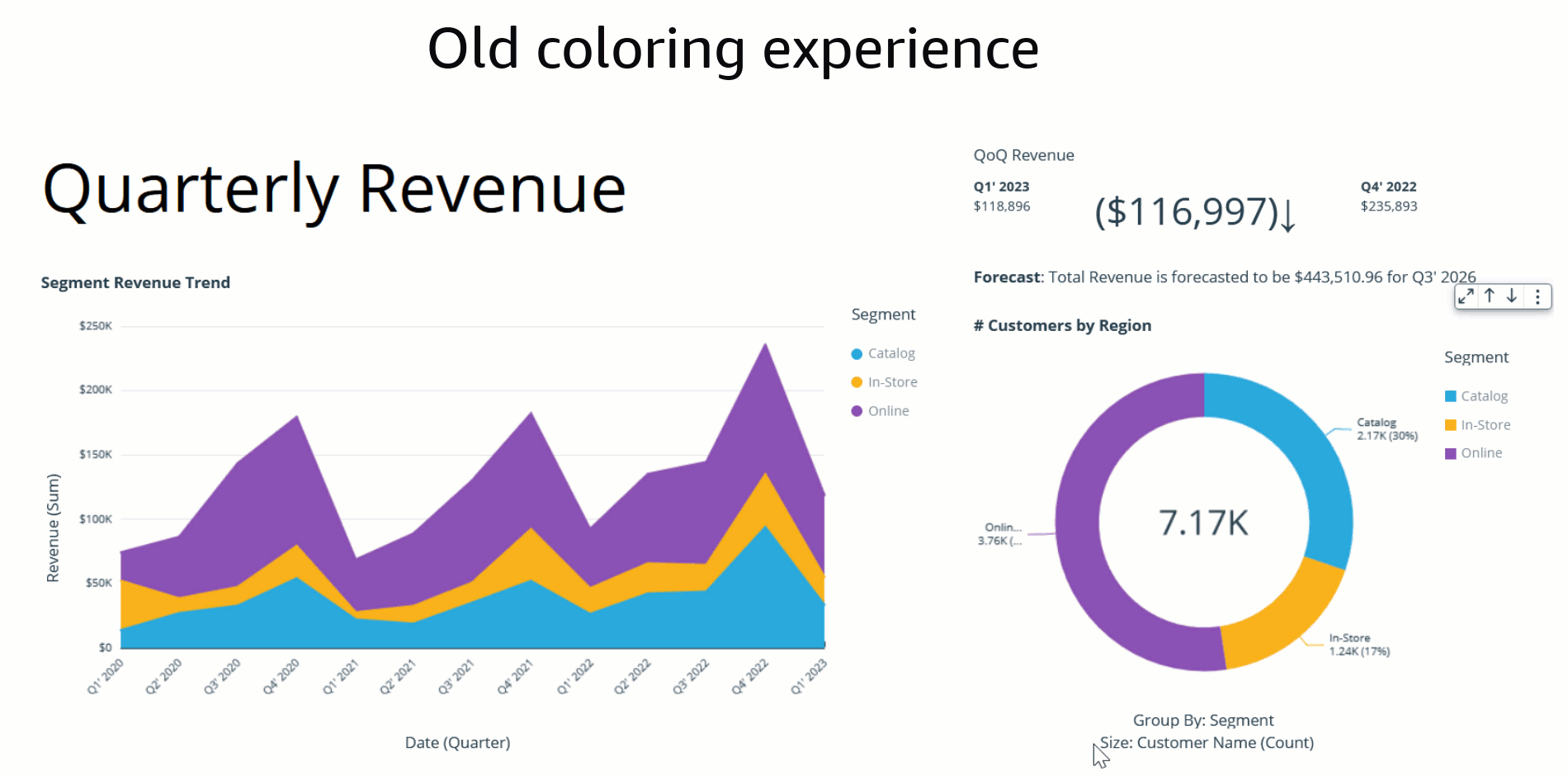




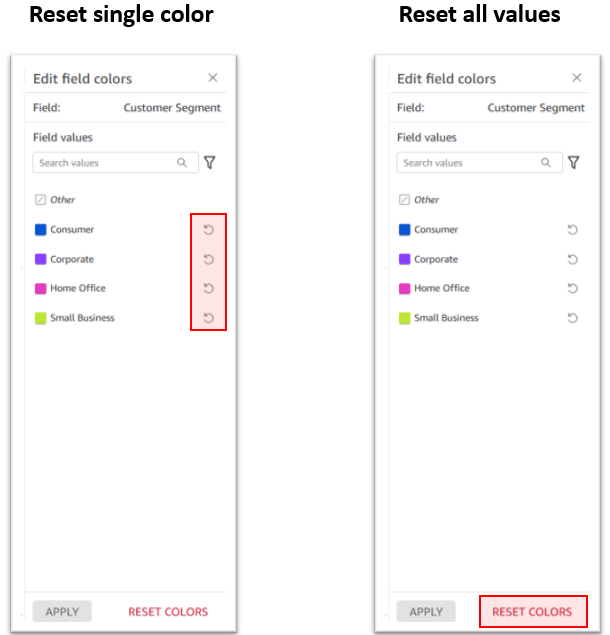

 Bhupinder Chadha is a senior product manager for Amazon QuickSight focused on visualization and front end experiences. He is passionate about BI, data visualization and low-code/no-code experiences. Prior to QuickSight he was the lead product manager for Inforiver, responsible for building a enterprise BI product from ground up. Bhupinder started his career in presales, followed by a small gig in consulting and then PM for xViz, an add on visualization product.
Bhupinder Chadha is a senior product manager for Amazon QuickSight focused on visualization and front end experiences. He is passionate about BI, data visualization and low-code/no-code experiences. Prior to QuickSight he was the lead product manager for Inforiver, responsible for building a enterprise BI product from ground up. Bhupinder started his career in presales, followed by a small gig in consulting and then PM for xViz, an add on visualization product.




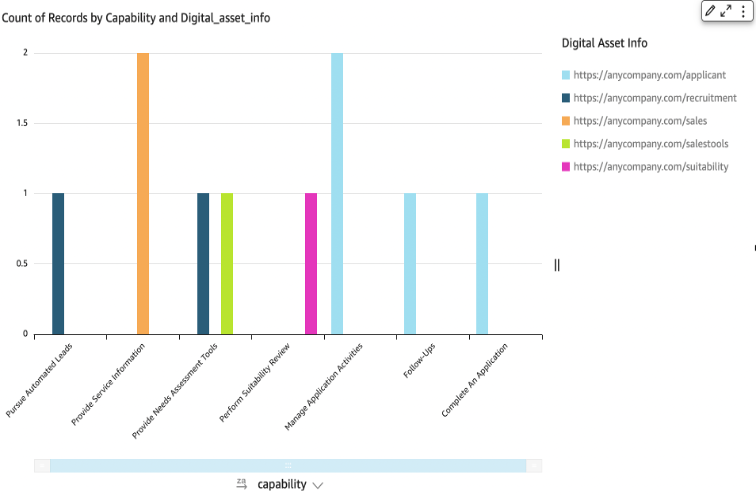

 Abdul Qadir is an AWS Solutions Architect based in New Jersey. He works with independent software vendors in the Northeast and provides customer guidance to build well-architected solutions on the AWS cloud platform.
Abdul Qadir is an AWS Solutions Architect based in New Jersey. He works with independent software vendors in the Northeast and provides customer guidance to build well-architected solutions on the AWS cloud platform. Sharon Li is a solutions architect at AWS, based in the Boston, MA area. She works with enterprise customers, helping them solve difficult problems and build on AWS. Outside of work, she likes to spend time with her family and explore local restaurants.
Sharon Li is a solutions architect at AWS, based in the Boston, MA area. She works with enterprise customers, helping them solve difficult problems and build on AWS. Outside of work, she likes to spend time with her family and explore local restaurants.




















 Yash Bindlish is a Enterprise Support Manager at Amazon Web Services. He has more than 17 years of industry experience including roles in cloud architecture, systems engineering, and infrastructure. He works with Global Enterprise customers and help them build, scalable, modern and cost effective solutions on their growth journey with AWS. He loves solving complex problems with his solution-oriented approach.
Yash Bindlish is a Enterprise Support Manager at Amazon Web Services. He has more than 17 years of industry experience including roles in cloud architecture, systems engineering, and infrastructure. He works with Global Enterprise customers and help them build, scalable, modern and cost effective solutions on their growth journey with AWS. He loves solving complex problems with his solution-oriented approach. Shivani Reddy is a Technical Account Manager (TAM) at AWS with over 12 years of IT experience. She has worked in a variety of roles, including application support engineer, Linux systems engineer, and administrator. In her current role, she works with global customers to help them build sustainable software solutions. She loves the customer management aspect of her job and enjoys working with customers to solve problems and find solutions that meet their specific needs.
Shivani Reddy is a Technical Account Manager (TAM) at AWS with over 12 years of IT experience. She has worked in a variety of roles, including application support engineer, Linux systems engineer, and administrator. In her current role, she works with global customers to help them build sustainable software solutions. She loves the customer management aspect of her job and enjoys working with customers to solve problems and find solutions that meet their specific needs.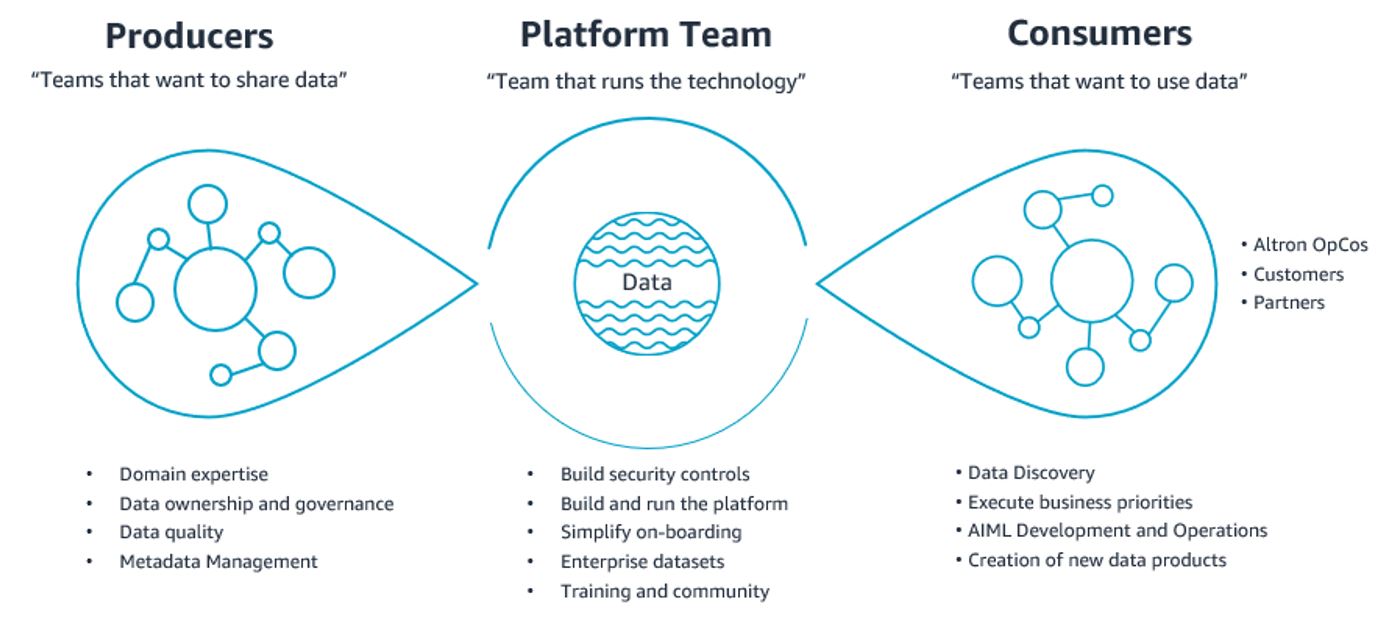


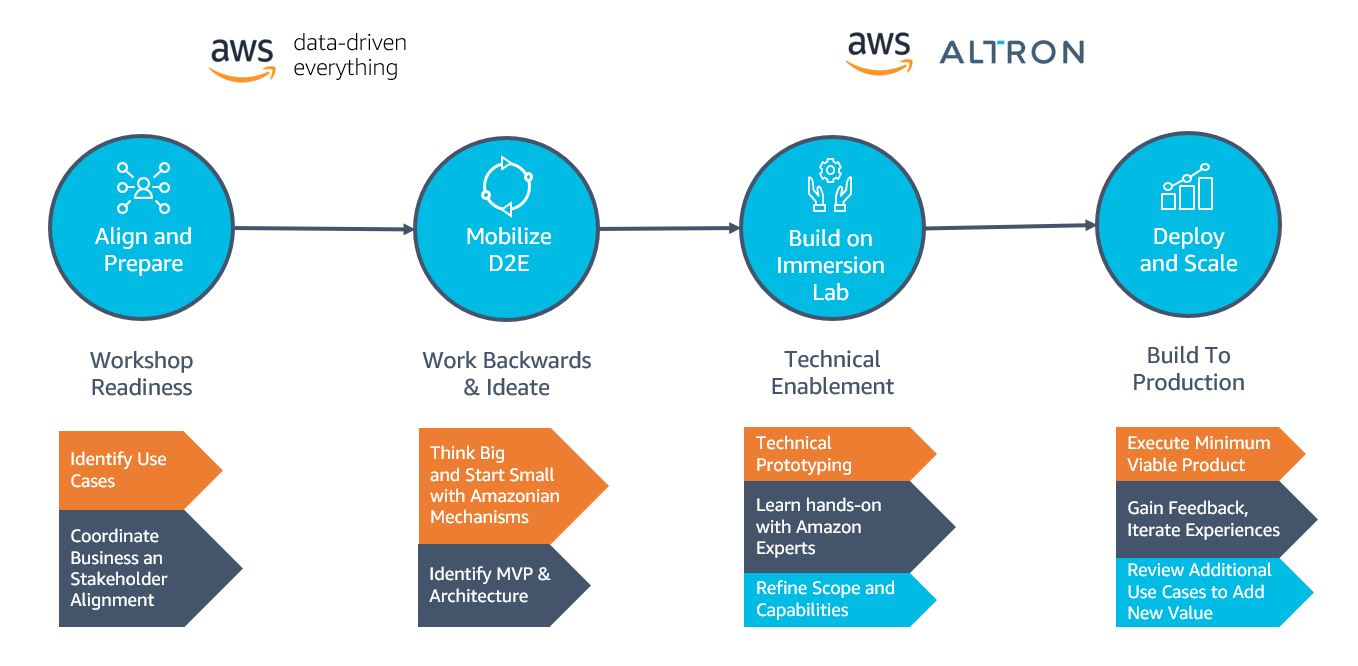
 Jacques Steyn runs the Altron Data Analytics Professional Services. He has been leading the building of data warehouses and analytic solutions for the past 20 years. In his free time, he spends time with his family, whether it be on the golf , walking in the mountains, or camping in South Africa, Botswana, and Namibia.
Jacques Steyn runs the Altron Data Analytics Professional Services. He has been leading the building of data warehouses and analytic solutions for the past 20 years. In his free time, he spends time with his family, whether it be on the golf , walking in the mountains, or camping in South Africa, Botswana, and Namibia. Jason Yung is a Principal Analytics Specialist with Amazon Web Services. Working with Senior Executives across the Europe and Asia-Pacific Regions, he helps customers become data-driven by understanding their use cases and articulating business value through Amazon mechanisms. In his free time, he spends time looking after a very active 1-year-old daughter, alongside juggling geeky activities with respectable hobbies such as cooking sub-par food.
Jason Yung is a Principal Analytics Specialist with Amazon Web Services. Working with Senior Executives across the Europe and Asia-Pacific Regions, he helps customers become data-driven by understanding their use cases and articulating business value through Amazon mechanisms. In his free time, he spends time looking after a very active 1-year-old daughter, alongside juggling geeky activities with respectable hobbies such as cooking sub-par food. Michele Lamarca is a Senior Solutions Architect with Amazon Web Services. He helps architect and run Solutions Accelerators in Europe to enable customers to become hands-on with AWS services and build prototypes quickly to release the value of data in the organization. In his free time, he reads books and tries (hopelessly) to improve his jazz piano skills.
Michele Lamarca is a Senior Solutions Architect with Amazon Web Services. He helps architect and run Solutions Accelerators in Europe to enable customers to become hands-on with AWS services and build prototypes quickly to release the value of data in the organization. In his free time, he reads books and tries (hopelessly) to improve his jazz piano skills. Hamza is a Specialist Solutions Architect with Amazon Web Services. He runs Solutions Accelerators in EMEA regions to help customers accelerate their journey to move from an idea into a solution in production. In his free time, he spends time with his family, meets with friends, swims in the municipal swimming pool, and learns new skills.
Hamza is a Specialist Solutions Architect with Amazon Web Services. He runs Solutions Accelerators in EMEA regions to help customers accelerate their journey to move from an idea into a solution in production. In his free time, he spends time with his family, meets with friends, swims in the municipal swimming pool, and learns new skills.


 Kris Bliesner, CEO, Vega Cloud is a seasoned technology leader with over 25 years of experience in IT management, cloud computing, and consumer-based technology. As the co-founder and CEO of Vega Cloud, Kris continues to be at the forefront of revolutionizing cloud infrastructure optimization.
Kris Bliesner, CEO, Vega Cloud is a seasoned technology leader with over 25 years of experience in IT management, cloud computing, and consumer-based technology. As the co-founder and CEO of Vega Cloud, Kris continues to be at the forefront of revolutionizing cloud infrastructure optimization. Mike Brown, CTO, Vega Cloud is a highly-skilled technology leader and co-founder of Vega Cloud, where he currently serves as the Chief Technology Officer (CTO). With a proven track record in driving technological innovation, Mike has been instrumental in shaping the application architecture and solutions for the company.
Mike Brown, CTO, Vega Cloud is a highly-skilled technology leader and co-founder of Vega Cloud, where he currently serves as the Chief Technology Officer (CTO). With a proven track record in driving technological innovation, Mike has been instrumental in shaping the application architecture and solutions for the company.














 Gonzalo Lezma is the Mexico Finance Manager for the Amazon LATAM Finance Team. He is a lifelong learner, tech and data lover.
Gonzalo Lezma is the Mexico Finance Manager for the Amazon LATAM Finance Team. He is a lifelong learner, tech and data lover.



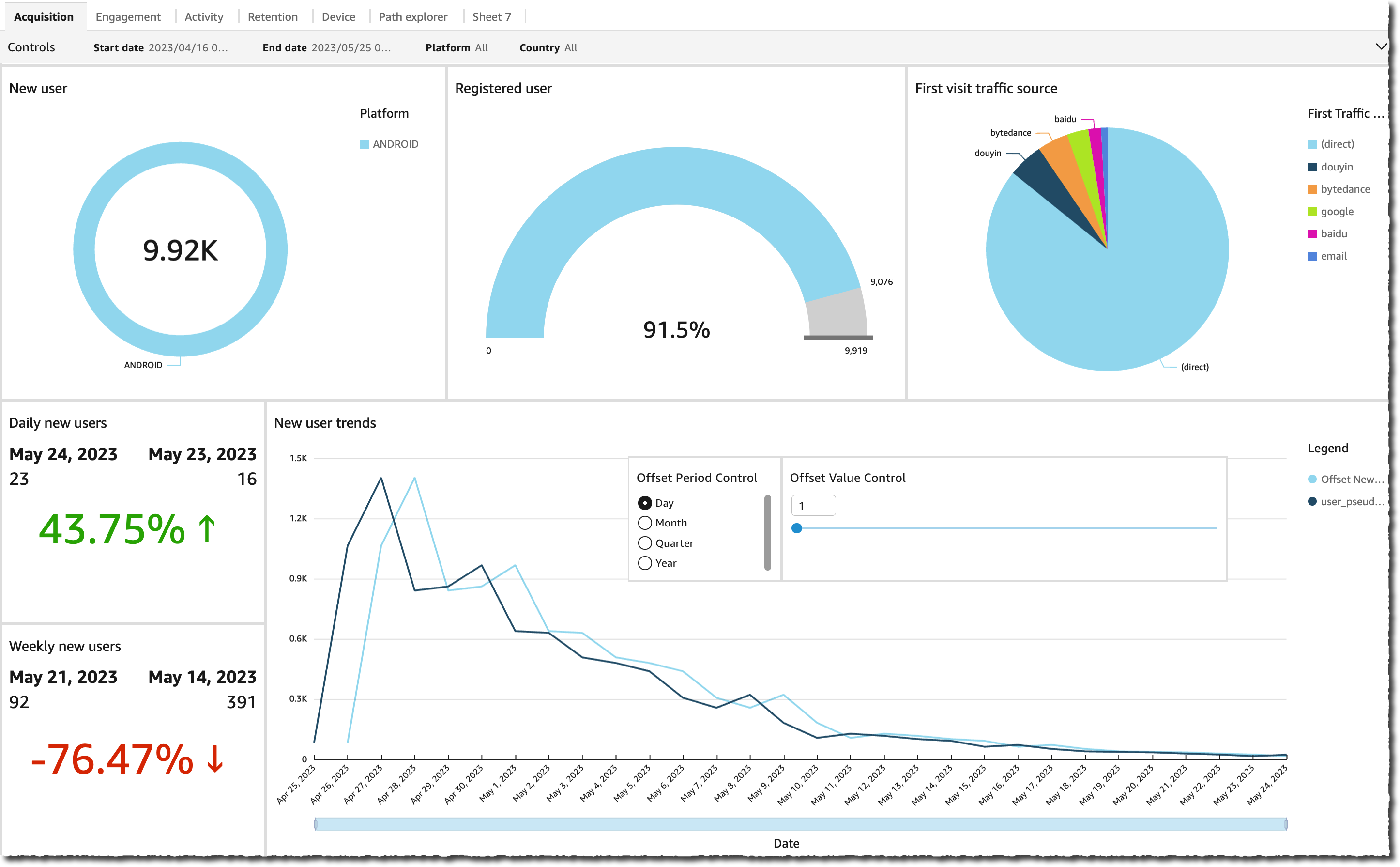





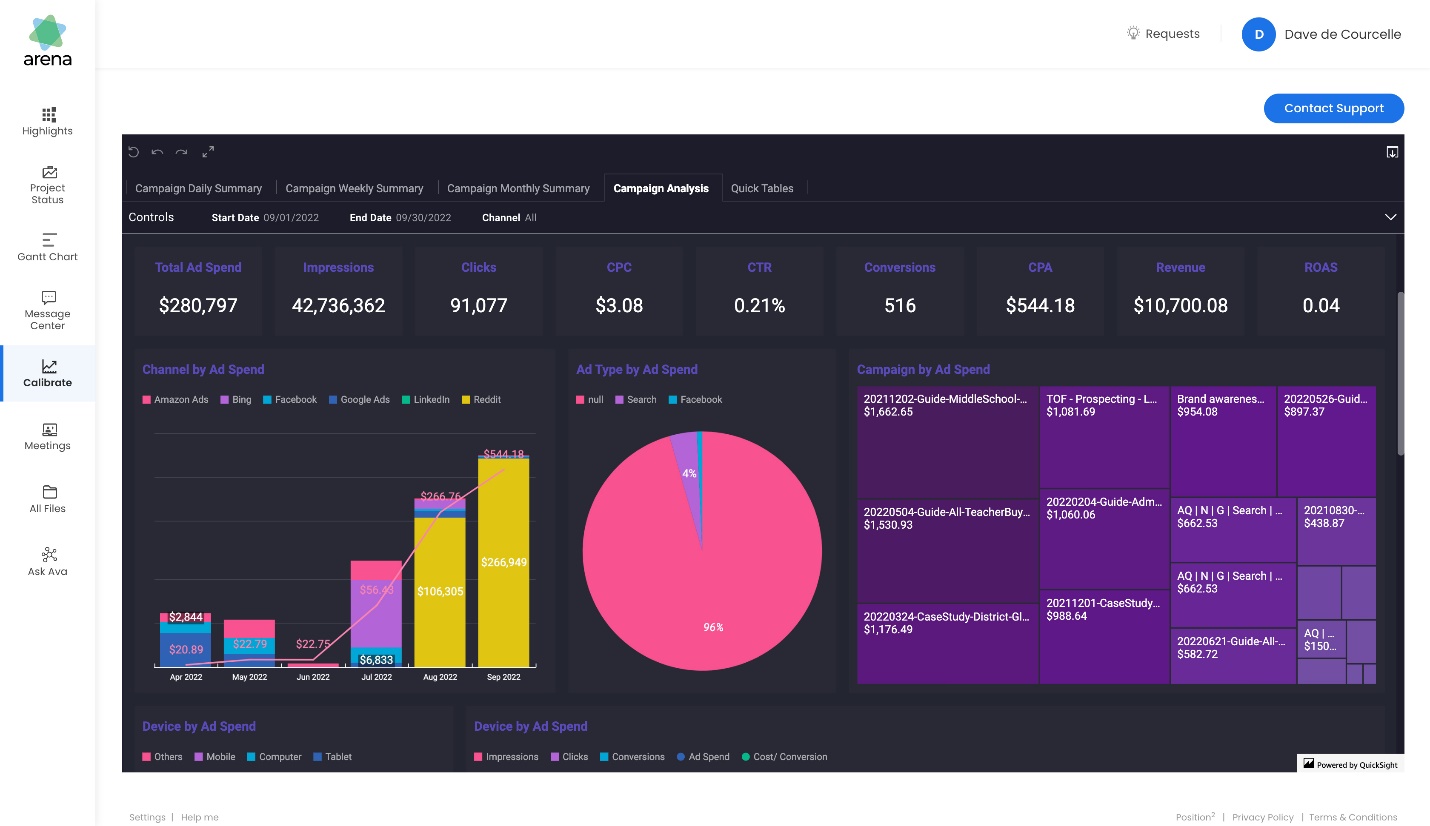
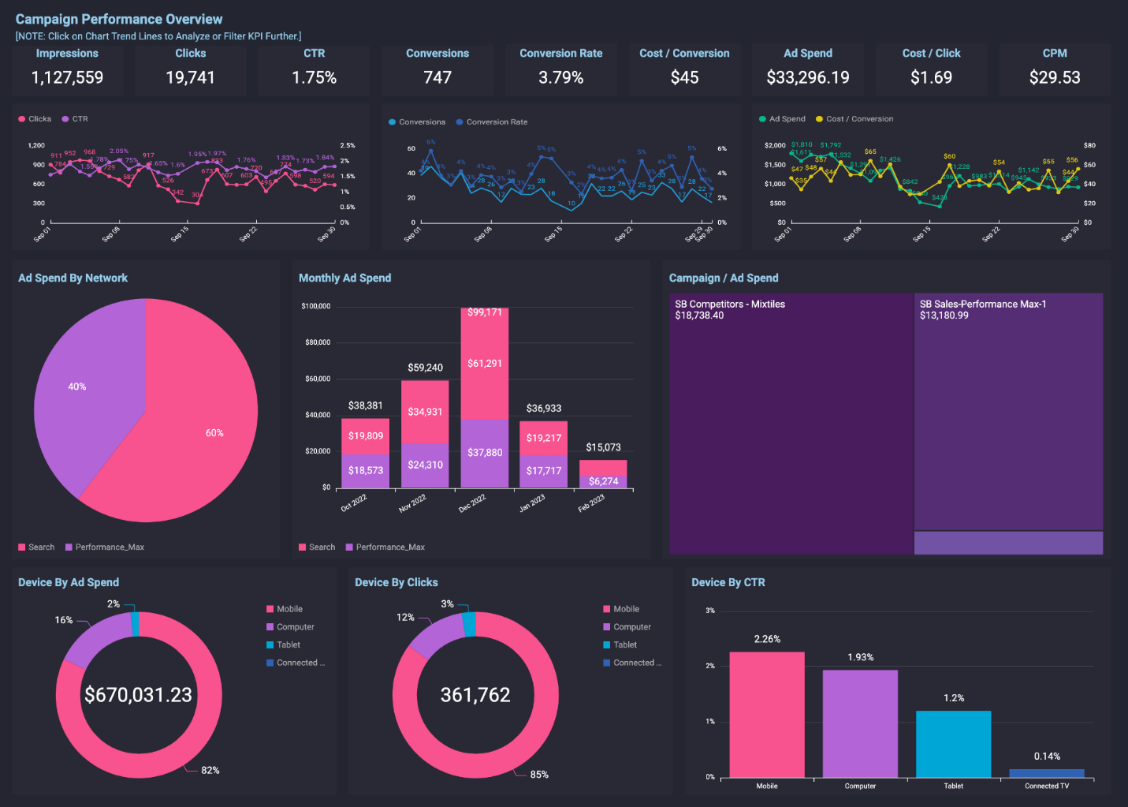

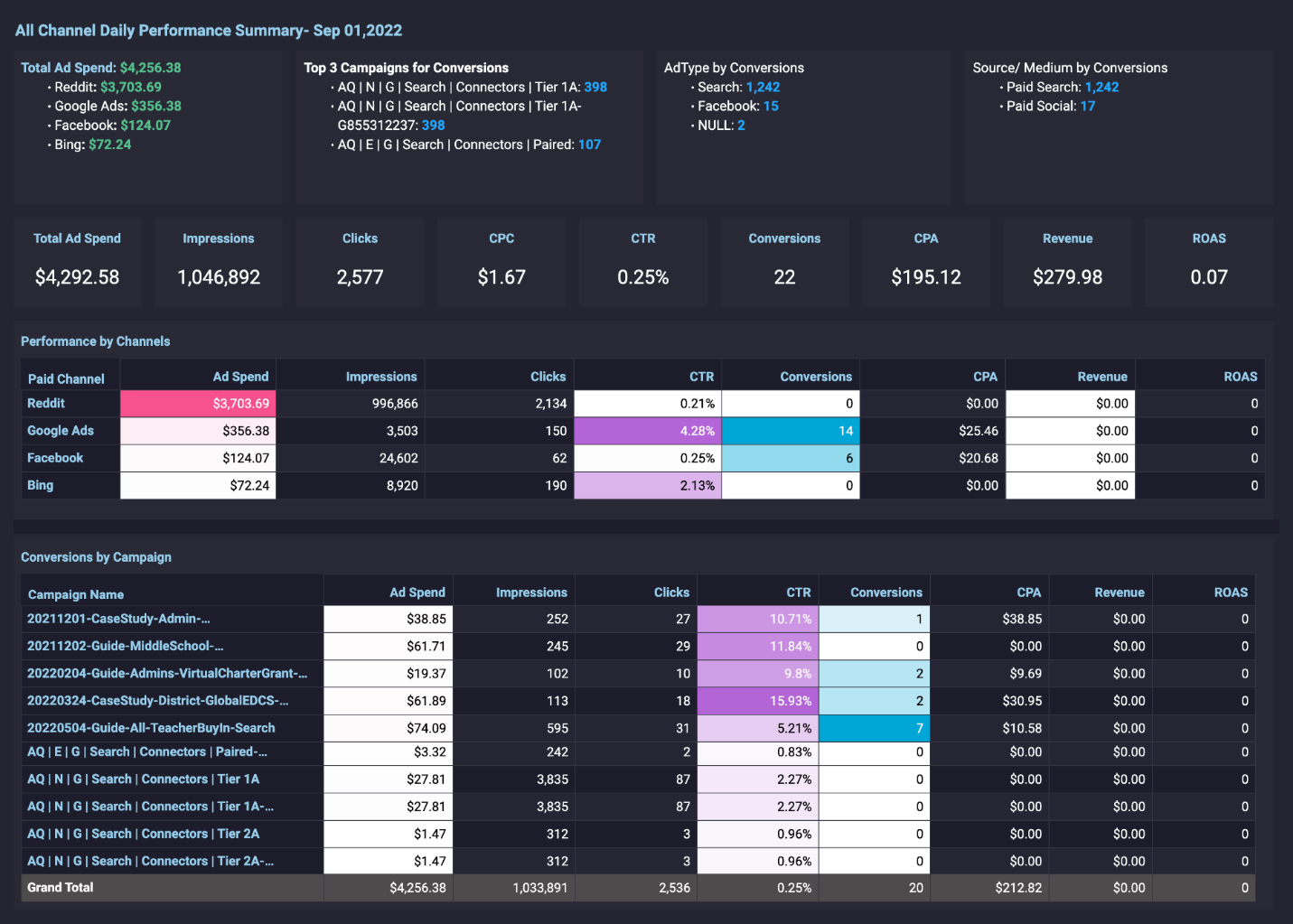
 Vinod Nambiar is the co-founder at Arena and Managing Director of Position2. An engineer with a passion for advertising, Vinod has been instrumental in designing all processes for delivery operations. His passion is to explore how the latest developments in technology can transform digital marketing. He is associated with various global forums in digital marketing and has been part of the faculty at leading marketing institutes in India like Northpoint and Mudra Institute of Communications. When not thinking digital, he can be found doing yoga and reading books ranging from spiritual to fiction. He lives with his wife and two children in Bangalore.
Vinod Nambiar is the co-founder at Arena and Managing Director of Position2. An engineer with a passion for advertising, Vinod has been instrumental in designing all processes for delivery operations. His passion is to explore how the latest developments in technology can transform digital marketing. He is associated with various global forums in digital marketing and has been part of the faculty at leading marketing institutes in India like Northpoint and Mudra Institute of Communications. When not thinking digital, he can be found doing yoga and reading books ranging from spiritual to fiction. He lives with his wife and two children in Bangalore.



























 Rajdip Chaudhuri is a Senior Solutions Architect with Amazon Web Services specializing in data and analytics. He enjoys working with AWS customers and partners on data and analytics requirements. In his spare time, he enjoys soccer and movies.
Rajdip Chaudhuri is a Senior Solutions Architect with Amazon Web Services specializing in data and analytics. He enjoys working with AWS customers and partners on data and analytics requirements. In his spare time, he enjoys soccer and movies. Dhiraj Thakur is a Solutions Architect with Amazon Web Services. He works with AWS customers and partners to provide guidance on enterprise cloud adoption, migration, and strategy. He is passionate about technology and enjoys building and experimenting in the analytics and AI/ML space.
Dhiraj Thakur is a Solutions Architect with Amazon Web Services. He works with AWS customers and partners to provide guidance on enterprise cloud adoption, migration, and strategy. He is passionate about technology and enjoys building and experimenting in the analytics and AI/ML space.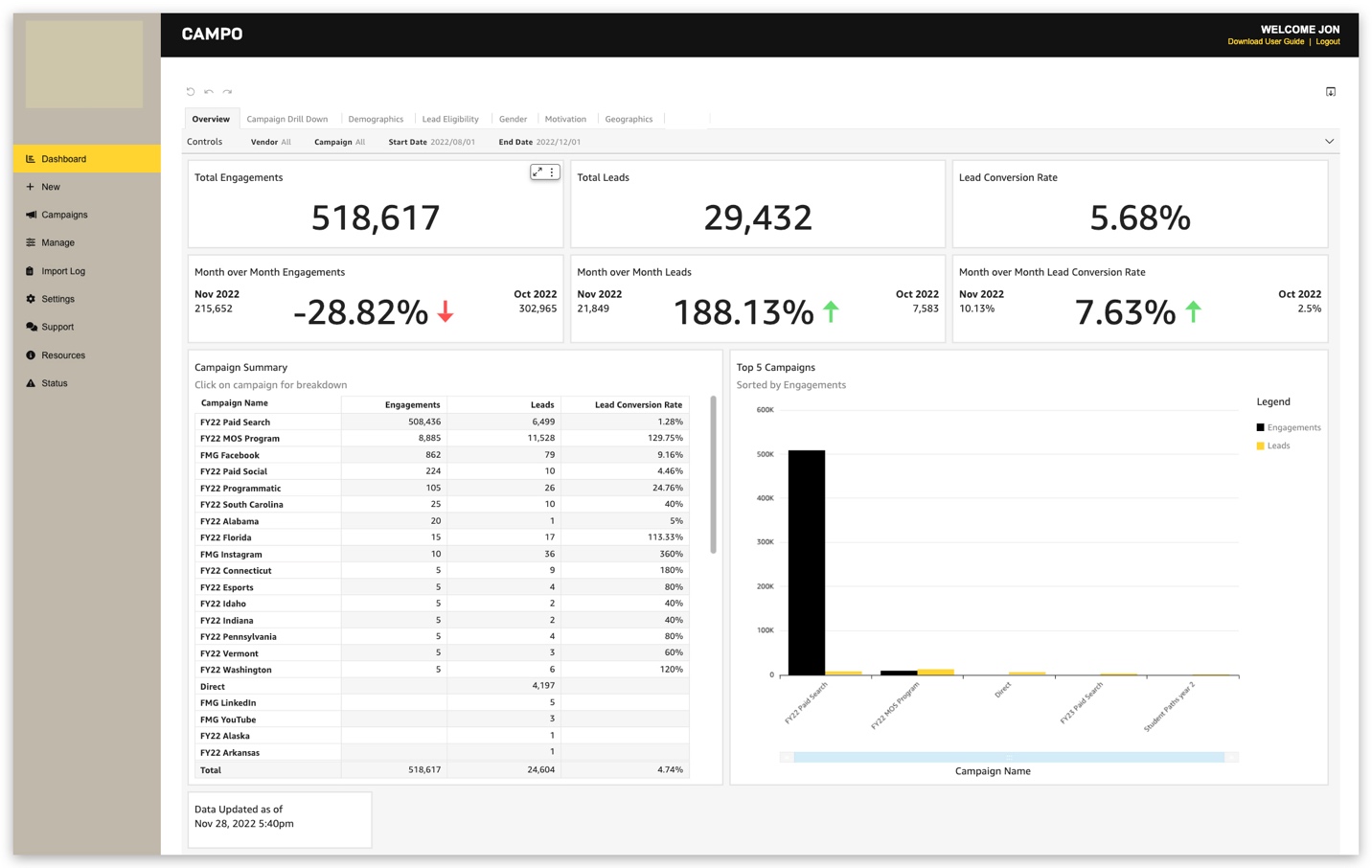

 Jon Walker, Senior Director of Engineering, is a native Nashvillian who has been in the technology field for over 19 years. He oversees enterprise-wide system engineering, development, and technology programs for large federal and DoD clients, as well as iostudio’s commercial clients.
Jon Walker, Senior Director of Engineering, is a native Nashvillian who has been in the technology field for over 19 years. He oversees enterprise-wide system engineering, development, and technology programs for large federal and DoD clients, as well as iostudio’s commercial clients. Ari Orlinsky, Director of Information Services, leads iostudio’s Information Systems Department, responsible for AWS Cloud, SaaS applications, on-premises technology, risk assessment, compliance, budgeting, and human resource management. With nearly 20 years’ experience in strategic IS and technology operations, Ari has developed a keen enthusiasm for emerging technologies, DOD security and compliance, large format interactive experiences, and customer service communication technologies. As iostudio’s Technical Product Owner across internal and client-facing applications including a cloud-based omni-channel contact center platform, he advocates for secure deployment of applicable technologies to the cloud while ensuring resilient on-premises data center solutions.
Ari Orlinsky, Director of Information Services, leads iostudio’s Information Systems Department, responsible for AWS Cloud, SaaS applications, on-premises technology, risk assessment, compliance, budgeting, and human resource management. With nearly 20 years’ experience in strategic IS and technology operations, Ari has developed a keen enthusiasm for emerging technologies, DOD security and compliance, large format interactive experiences, and customer service communication technologies. As iostudio’s Technical Product Owner across internal and client-facing applications including a cloud-based omni-channel contact center platform, he advocates for secure deployment of applicable technologies to the cloud while ensuring resilient on-premises data center solutions. Sumitha AP is a Sr. Solutions Architect at AWS. Sumitha works with SMB customers to help them design secure, scalable, reliable, and cost-effective solutions in the AWS Cloud. She has a focus on data and analytics and provides guidance on building analytics solutions on AWS.
Sumitha AP is a Sr. Solutions Architect at AWS. Sumitha works with SMB customers to help them design secure, scalable, reliable, and cost-effective solutions in the AWS Cloud. She has a focus on data and analytics and provides guidance on building analytics solutions on AWS.
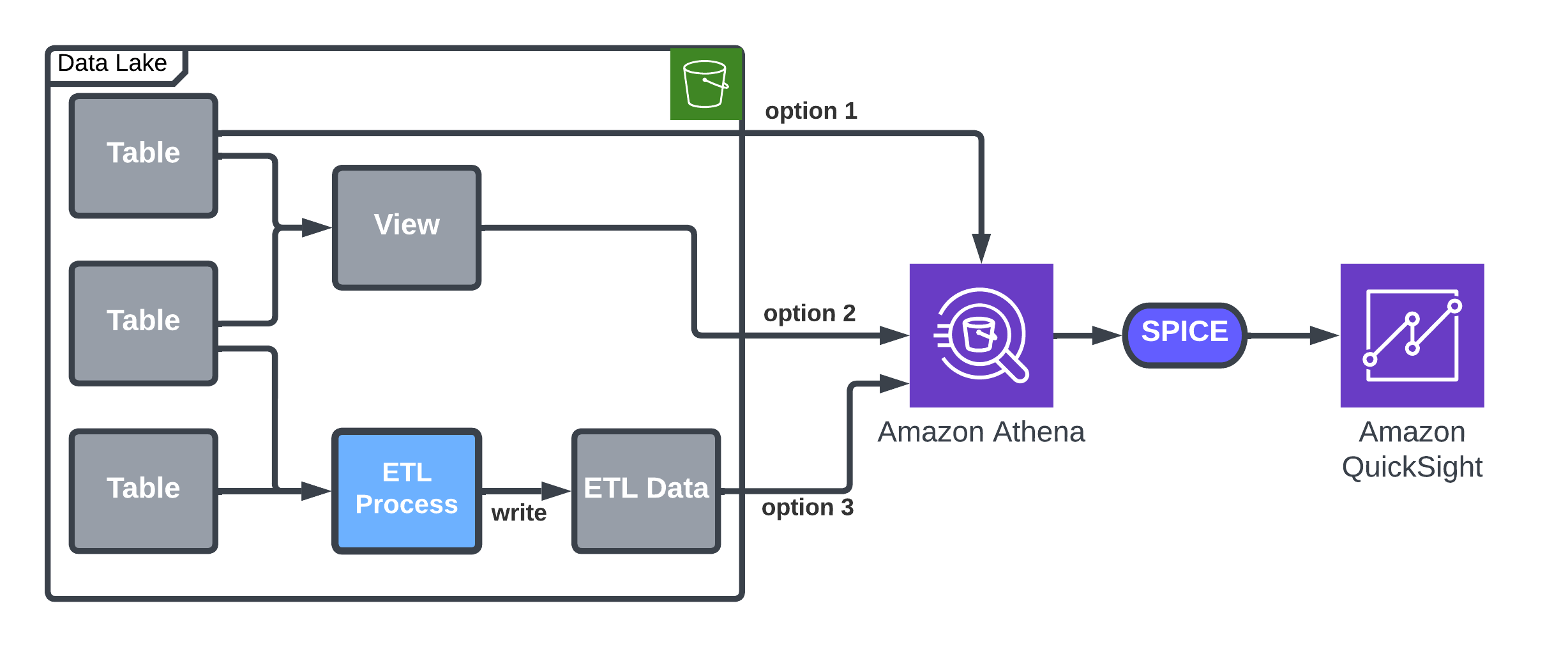







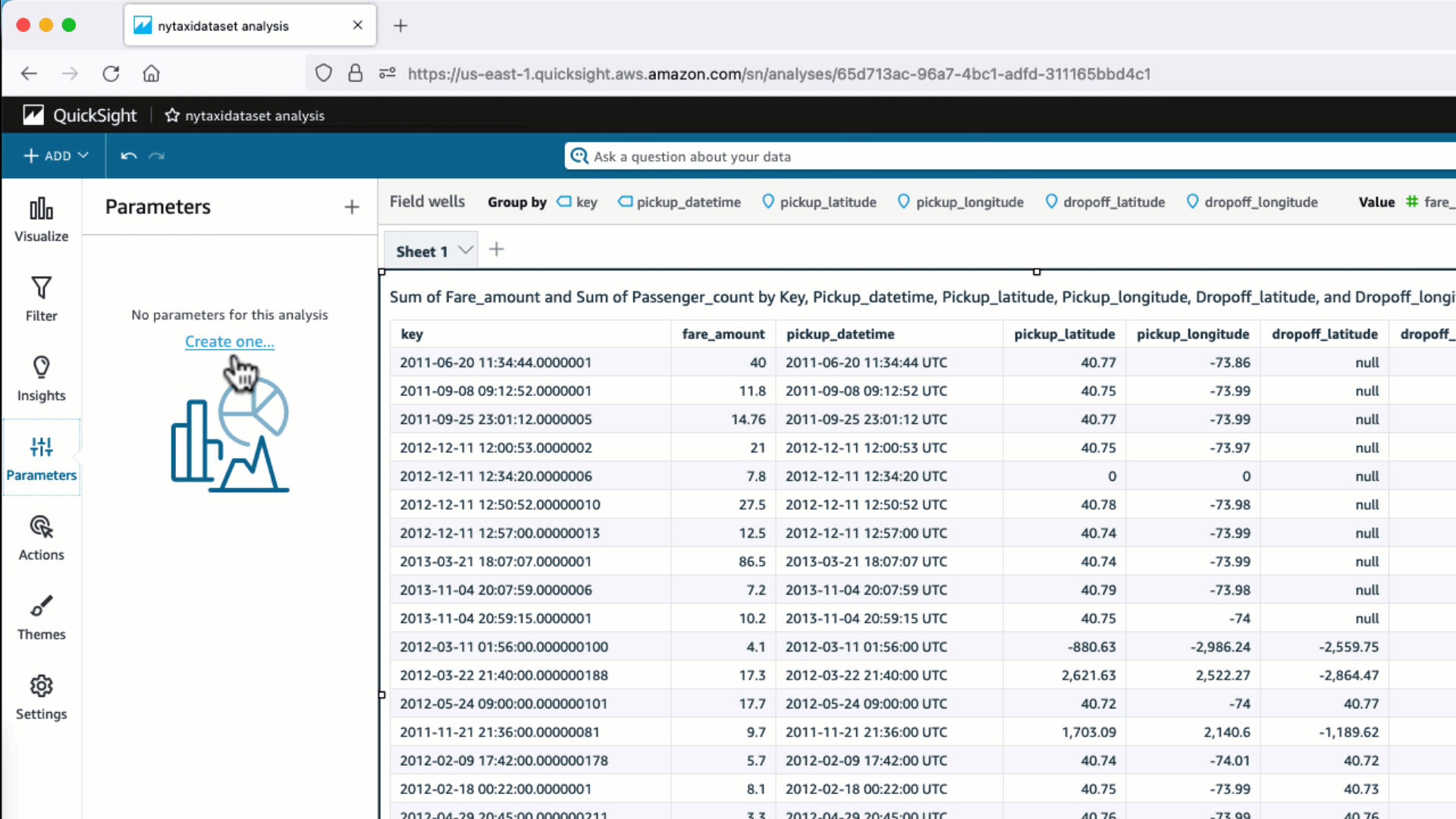



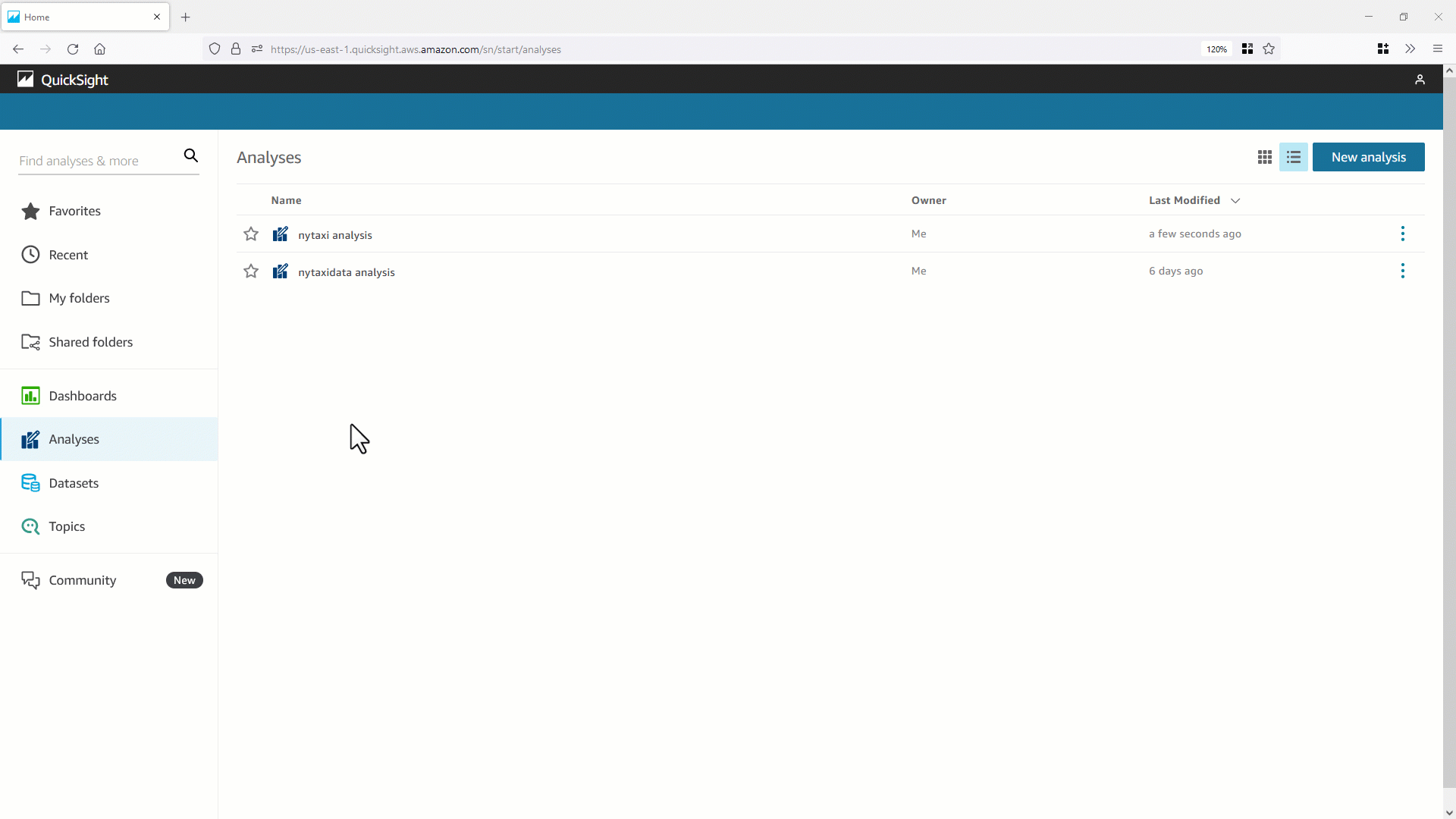
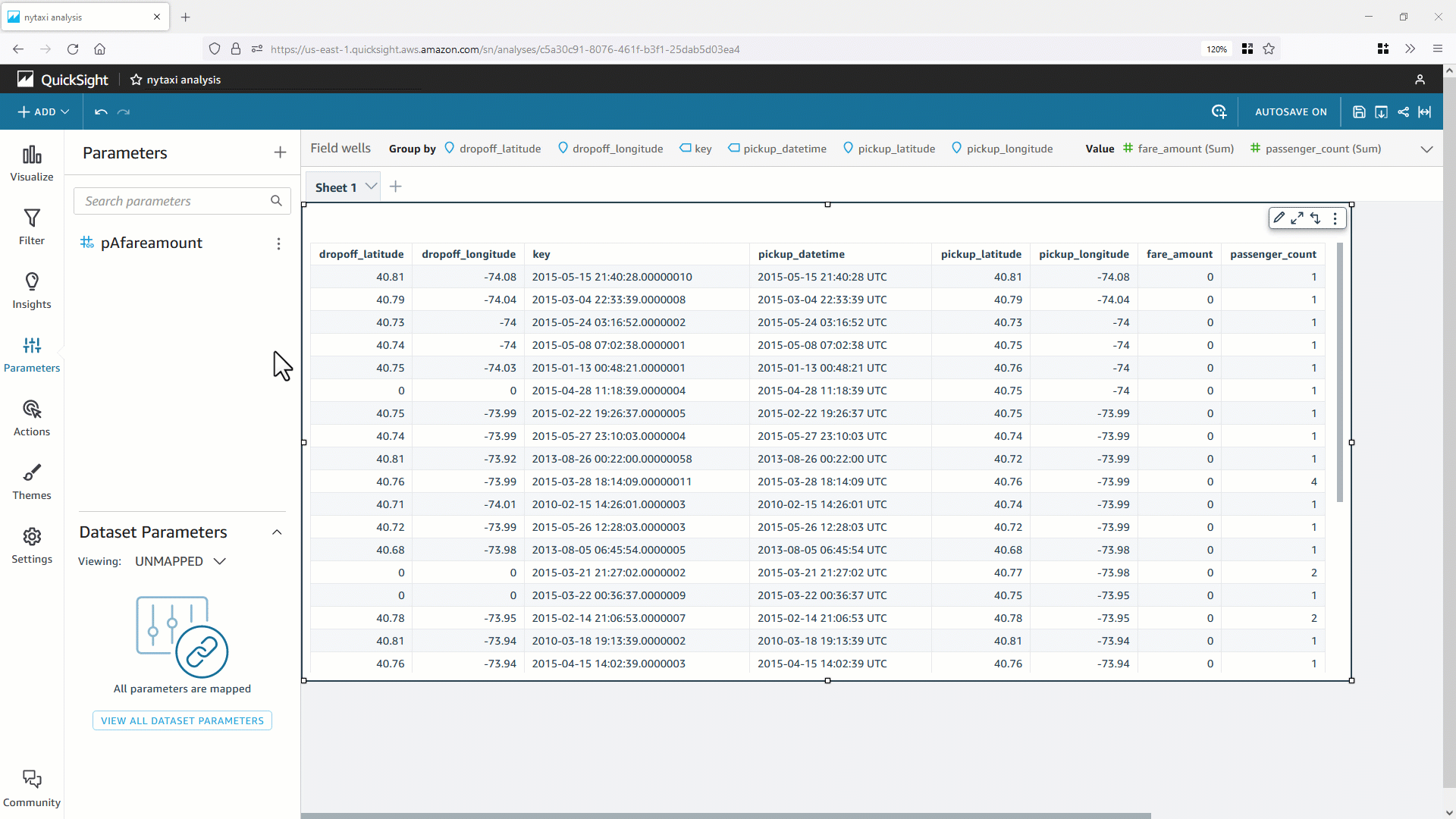






 Anwar Ali is a Specialist Solutions Architect for Amazon QuickSight. Anwar has over 18 years of experience implementing enterprise business intelligence (BI), data analytics and database solutions . He specializes in integration of BI solutions with business applications, helping customers in BI architecture design patterns and best practices.
Anwar Ali is a Specialist Solutions Architect for Amazon QuickSight. Anwar has over 18 years of experience implementing enterprise business intelligence (BI), data analytics and database solutions . He specializes in integration of BI solutions with business applications, helping customers in BI architecture design patterns and best practices. Salim Khan is a Specialist Solutions Architect for Amazon QuickSight. Salim has over 16 years of experience implementing enterprise business intelligence (BI) solutions. Prior to AWS, Salim worked as a BI consultant catering to industry verticals like Automotive, Healthcare, Entertainment, Consumer, Publishing and Financial Services. He has delivered business intelligence, data warehousing, data integration and master data management solutions across enterprises.
Salim Khan is a Specialist Solutions Architect for Amazon QuickSight. Salim has over 16 years of experience implementing enterprise business intelligence (BI) solutions. Prior to AWS, Salim worked as a BI consultant catering to industry verticals like Automotive, Healthcare, Entertainment, Consumer, Publishing and Financial Services. He has delivered business intelligence, data warehousing, data integration and master data management solutions across enterprises. Gil Raviv is a Principal Product Manager for Amazon QuickSight, AWS’ cloud-native, fully managed SaaS BI service. As a thought-leader in BI, Gil accelerated the growth of global BI practices at AWS and Avanade, and has guided Fortune 1000 enterprises in their Data & AI journey. As a passionate evangelist, author and blogger of low-code/no-code data prep and analytic tools, Gil was awarded 5 times as a Microsoft MVP (Most Valuable Professional).
Gil Raviv is a Principal Product Manager for Amazon QuickSight, AWS’ cloud-native, fully managed SaaS BI service. As a thought-leader in BI, Gil accelerated the growth of global BI practices at AWS and Avanade, and has guided Fortune 1000 enterprises in their Data & AI journey. As a passionate evangelist, author and blogger of low-code/no-code data prep and analytic tools, Gil was awarded 5 times as a Microsoft MVP (Most Valuable Professional).





















 Amy Laresch is a product manager for Amazon QuickSight Q. She is passionate about analytics and is focused on delivering the best experience for every QuickSight Q reader. Check out her videos on the @AmazonQuickSight YouTube channel for best practices and to see what’s new for QuickSight Q.
Amy Laresch is a product manager for Amazon QuickSight Q. She is passionate about analytics and is focused on delivering the best experience for every QuickSight Q reader. Check out her videos on the @AmazonQuickSight YouTube channel for best practices and to see what’s new for QuickSight Q.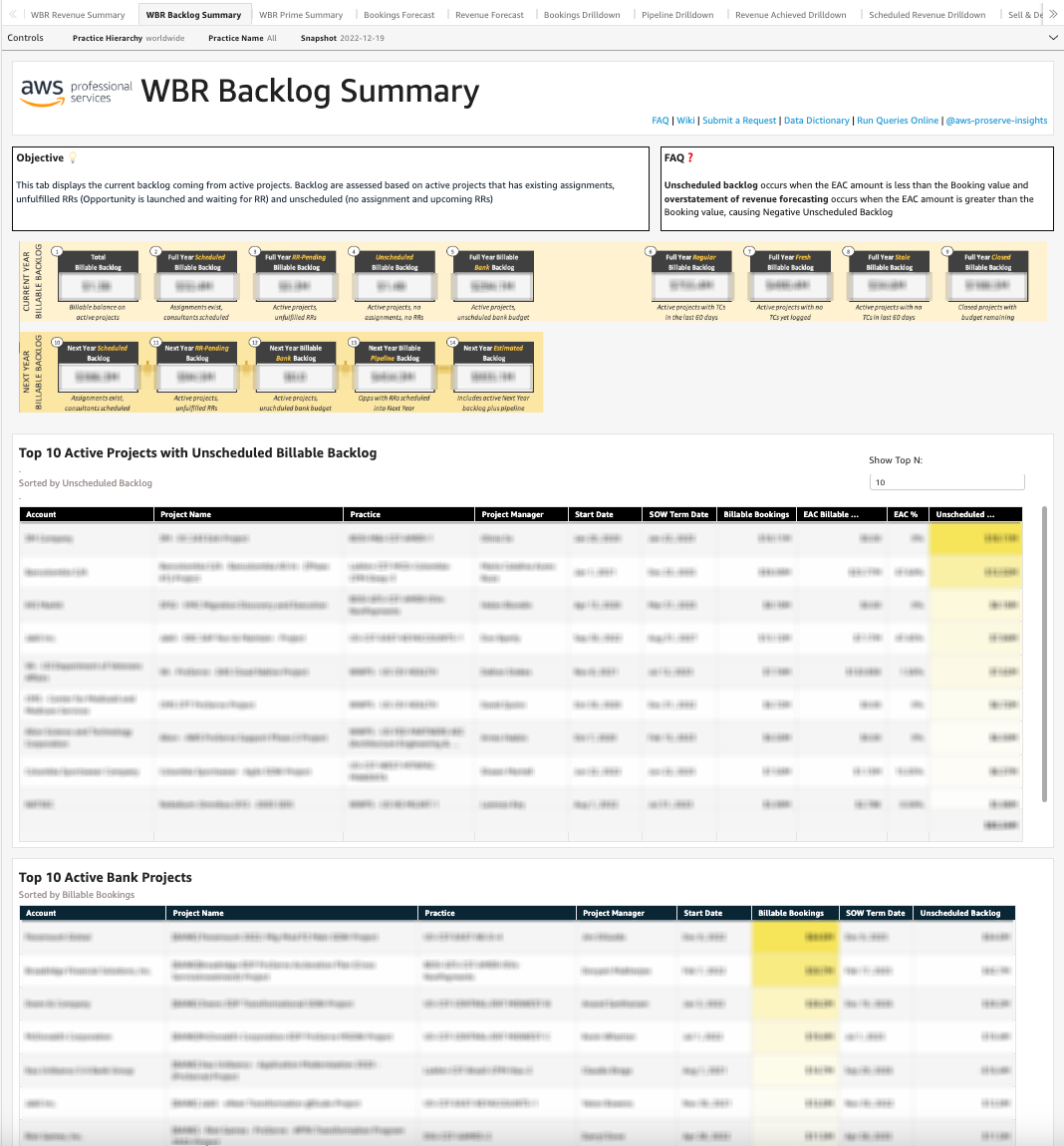
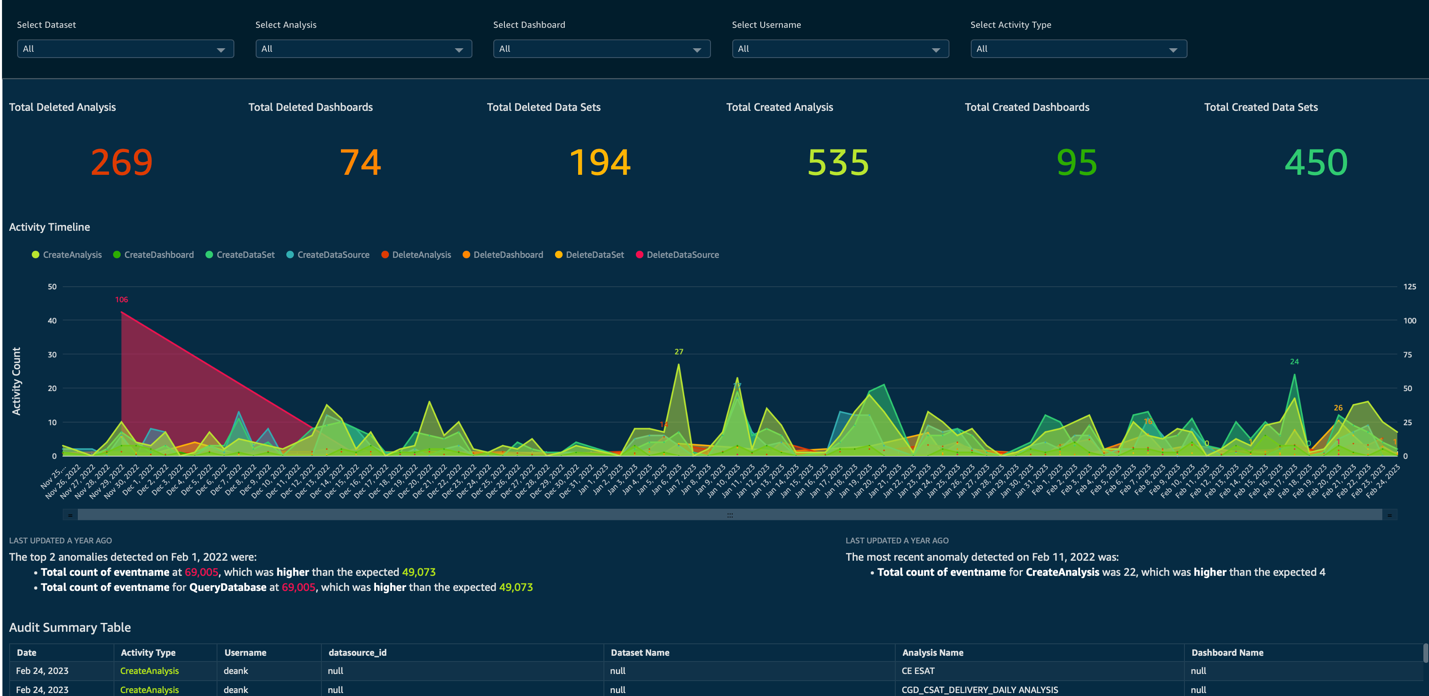

 Ameya Agavekar is a results-driven, highly skilled data strategist. Ameya leads the data engineering and data science function for AWS Professional Services World-Wide Business Insights & Analytics team. Outside of work, Ameya is a professional pilot. He enjoys serving community by applying his unique flying skills with the US Airforce auxiliary Civil Air Patrol.
Ameya Agavekar is a results-driven, highly skilled data strategist. Ameya leads the data engineering and data science function for AWS Professional Services World-Wide Business Insights & Analytics team. Outside of work, Ameya is a professional pilot. He enjoys serving community by applying his unique flying skills with the US Airforce auxiliary Civil Air Patrol. Tucker Shouse leads the AWS Professional Services World-Wide Business Insights & Analytics team. Prior to AWS, Tucker worked with financial services, retail, healthcare, and non-profit clients to develop digital and data products and strategies as a Manager at Alvarez & Marsal Corporate Performance Improvement. Outside of work, Tucker enjoys spending time with his wife and daughter enjoying the outdoors and music.
Tucker Shouse leads the AWS Professional Services World-Wide Business Insights & Analytics team. Prior to AWS, Tucker worked with financial services, retail, healthcare, and non-profit clients to develop digital and data products and strategies as a Manager at Alvarez & Marsal Corporate Performance Improvement. Outside of work, Tucker enjoys spending time with his wife and daughter enjoying the outdoors and music.


























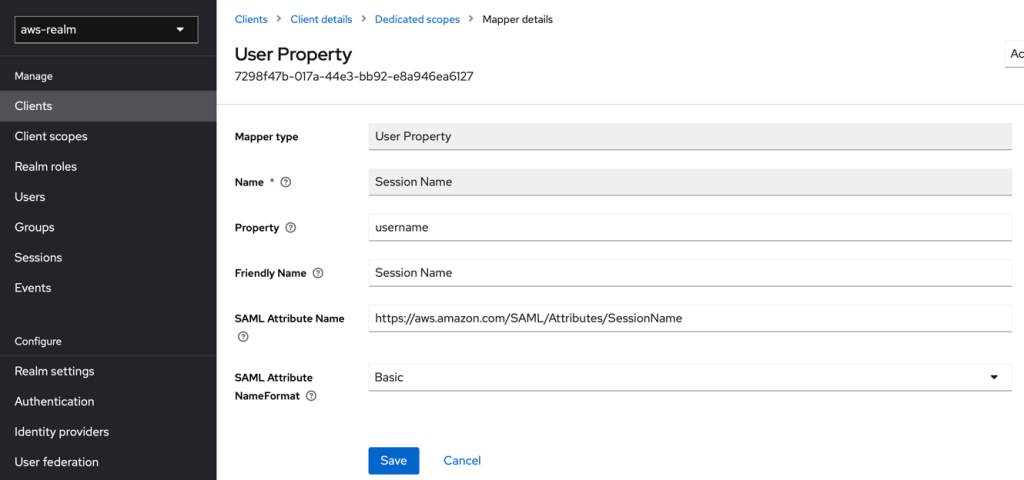










 Ayah Chamseddin is a Sr. Engagement Manager at AWS. She has a deep understanding of cloud technologies and has successfully overseen and lead strategic projects, partnering with clients to define business objectives, develop implementation strategies, and drive the successful delivery of solutions.
Ayah Chamseddin is a Sr. Engagement Manager at AWS. She has a deep understanding of cloud technologies and has successfully overseen and lead strategic projects, partnering with clients to define business objectives, develop implementation strategies, and drive the successful delivery of solutions. Vamsi Bhadriraju is a Data Architect at AWS. He works closely with enterprise customers to build data lakes and analytical applications on the AWS Cloud.
Vamsi Bhadriraju is a Data Architect at AWS. He works closely with enterprise customers to build data lakes and analytical applications on the AWS Cloud. Srikanth Baheti is a Specialized World Wide Principal Solutions Architect for Amazon QuickSight. He started his career as a consultant and worked for multiple private and government organizations. Later he worked for PerkinElmer Health and Sciences & eResearch Technology Inc, where he was responsible for designing and developing high traffic web applications, highly scalable and maintainable data pipelines for reporting platforms using AWS services and Serverless computing.
Srikanth Baheti is a Specialized World Wide Principal Solutions Architect for Amazon QuickSight. He started his career as a consultant and worked for multiple private and government organizations. Later he worked for PerkinElmer Health and Sciences & eResearch Technology Inc, where he was responsible for designing and developing high traffic web applications, highly scalable and maintainable data pipelines for reporting platforms using AWS services and Serverless computing. Raji Sivasubramaniam is a Sr. Solutions Architect at AWS, focusing on Analytics. Raji is specialized in architecting end-to-end Enterprise Data Management, Business Intelligence and Analytics solutions for Fortune 500 and Fortune 100 companies across the globe. She has in-depth experience in integrated healthcare data and analytics with wide variety of healthcare datasets including managed market, physician targeting and patient analytics.
Raji Sivasubramaniam is a Sr. Solutions Architect at AWS, focusing on Analytics. Raji is specialized in architecting end-to-end Enterprise Data Management, Business Intelligence and Analytics solutions for Fortune 500 and Fortune 100 companies across the globe. She has in-depth experience in integrated healthcare data and analytics with wide variety of healthcare datasets including managed market, physician targeting and patient analytics.